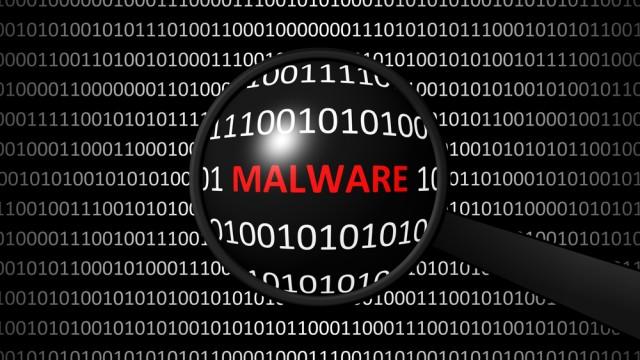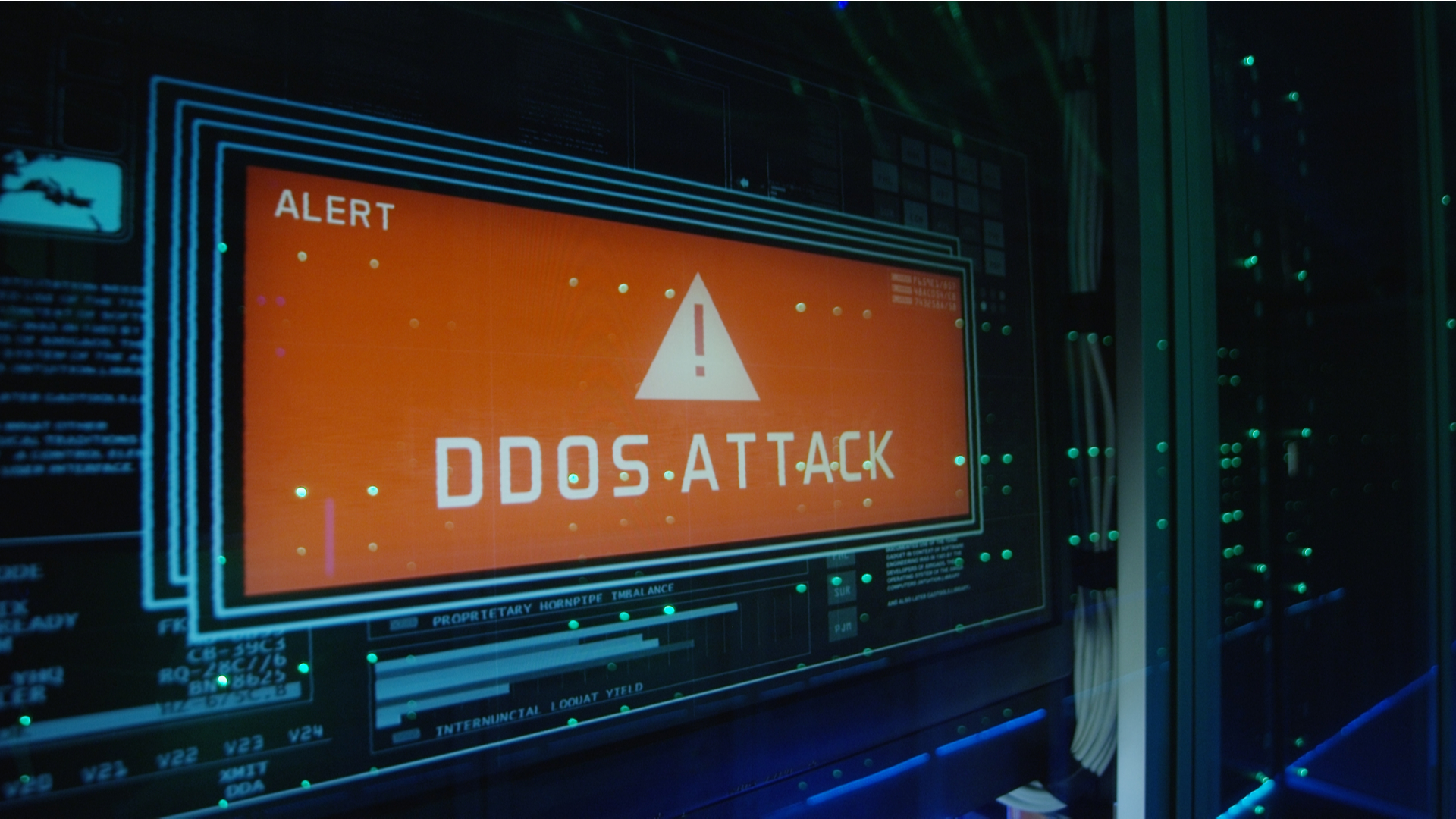
In 2024, gone are the days when operating a website (or even a computer) required extensive and specific knowledge of web development.
Today, building and launching a new web page boils down to choosing a website builder, a domain name, and a reliable web hosting plan.
Now, this last one is particularly essential for your success.
The right provider will not only ensure you have a well-suited environment for your online project — they can help you secure it as well. This is important because cybersecurity reports outline a growing number of cyberattacks and unveil concerning statistics about the dangers looming over our websites.
- Also check out our list of the best endpoint protection
The current state of cybersecurity
The number of websites worldwide still grows exponentially, and so does the incentive for attackers to try and breach them. The reasons for that are countless - profit, competitor espionage, security tests. Some attackers even do it for the fun of it, just to prove they can.
According to 2020 statistics, data breaches have caused over 36 billion records to be exposed just by the first half of the year. Then you have the rising number of malware and virus threats, the growing pressure over essential sectors like banking and healthcare, new strategies like ransomware.
The pandemic didn't help either. As more people were stuck at working at home behind their screens, hackers were more active than ever. In fact, cybercrime numbers have increased by a whopping 600% for the last year and a half.
Defending your website against hackers now involves intricate strategies that need to protect your premises against all kinds of dangers.
Here are a few of the most popular tools among the hacking community.
Common cybersecurity concerns
We have to get one thing straight from the beginning. Even though there are hundreds of different ways a hacker can breach our premises, 90% of successful attempts are still a result of our own errors.
More and more businesses are recognizing the growing threats, but the majority of webmasters are still way behind when it comes to securing passwords, hosting accounts, and their site itself.
That's just great news for hackers. Relying on your weak security, they can besiege your website with a plethora of methods.

Malware: this is a broad term that encompasses all kinds of malicious practices that aim to cause damage to your computer, website, or server. Common types of malware include viruses, trojans, worms, spyware, ransomware, adware, and many more.
Malicious files can disrupt your system in many ways. Some are designed to retrieve private information from the breached account. Others deny administrative access to essential components, efficiently locking you out of your own system. There are even those that simply want to erase or destroy anything they can infect.
- Check out our roundup of the best malware removal software

Phishing: One of the most quickly developing types of attacks. Hackers utilize phishing when they want to appear as a legitimate entity, robbing unsuspecting victims of their personal information.
Phishing attacks often occur via emails or social media messages, posing as banking institutions, telecoms, or government authorities. They will prompt you to update some vital piece of information by redirecting you to a seemingly legit page. In reality, you will just be giving hackers your current private details.
Phishing attacks can also take different shapes and forms, like whaling, spear phishing, pharming, and more.

DOS and DDoS Attacks: DOS stands for denial-of-service and represents a type of attack where the attacker aims to overload the server, draining it from its available system resources. The system gradually slows down until it becomes completely inoperable.
When we talk about distributed denial-of-service (DDoS) attacks, we depict the process of the hacker using multiple infected machines to blast traffic toward the server. Again, the idea is to take your server down and possibly launch more attacks afterward.
Botnets, TCP SYN flood, and ping-of-death are among the common types of DOS and DDOS threats.
- Here is our list of best DDoS protection
SQL Injections: This is a popular way for hackers to insert malicious code and force it to reveal private user and admin data. The injections affect the server query language (SQL), so you can get enough control over the machine. Comment and search boxes are often a great target for SQL injection attacks.
Cross Site Scripting: During cross-site scripting (or XSS), attackers mix malicious code with content from legitimate websites. This allows the script to travel all the way to the visitor's browser and infect it as well. XSS attacks often employ malicious JavaScript code but can also include HTML, CSS, and flash files as well.
Password Attacks: At the end of the day, our weak passwords remain the most often cause of our hacker issues. People are still using simple and easy-to-guess login credentials based on their memorability, but this opens a huge doorway for unauthorized attackers to get in.
Brute-force and dictionary attacks are two widespread breaching methods, and once hackers get your password - it's smooth sailing toward all your data.
- We've also featured the best password manager

What can you do about your cybersecurity?
The situation might seem grim, but luckily, there is a lot you can do to minimize the above risks, maybe even wiping them out completely. Consider any of the following:
- Setting up a firewall
- Optimizing your website code
- Utilizing secure software and plugins
- Changing your admin username and login URL
- Using two-factor authentication (2FA)
- Keeping your own computer secured
- Activating a password management tool
And then, of course, you have your hosting provider right in the middle of it.
A reliable host applies several layers of security even before they accommodate your account - over the data centers, the network, the server machines. Ensuring the environment is completely safe before the clients land on it will only leave users with their own security responsibilities.
Taking things a step further, companies like ScalaHosting develop in-house solutions to further protect customers from malware and spam. SShield, for example, is an AI-powered security monitoring tool that detects over 99.998% of web attacks, completely free for all managed VPS users.
Speaking of virtual servers, opting for such a plan will remove all the obstacles that come with the standard shared hosting environment. A VPS will allow you full control over your hosting account, so you can configure your security measures to perfection.
Thinking long term
Today's website owners have more than a few cybersecurity concerns to wrap their heads around.
The incentives for hackers are getting more lucrative — even non-commercial projects are not out of danger. Picking up a secure host and following the recommended practices are a great start but make sure to always have a detailed strategy to avoid problems down the road.
- We've also highlighted the best antivirus







